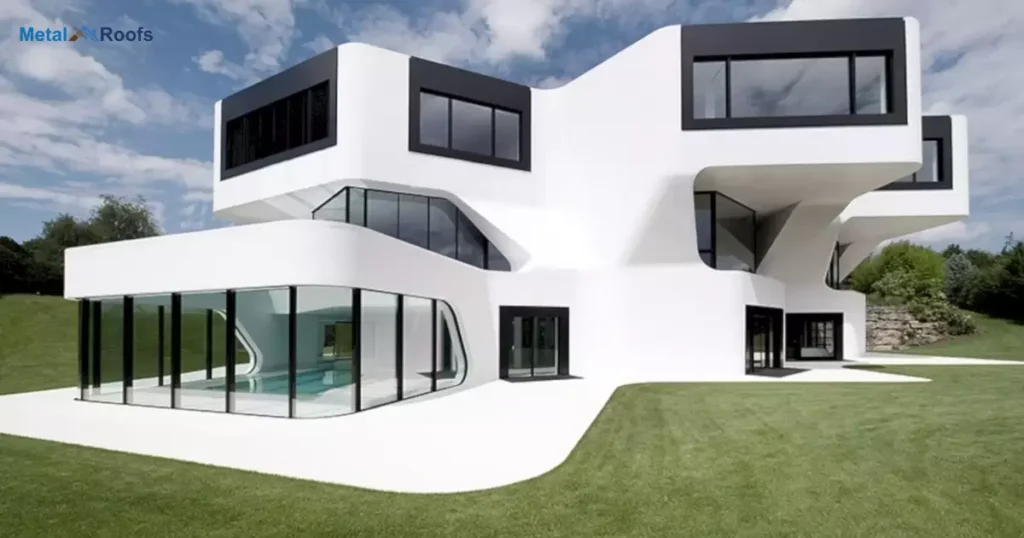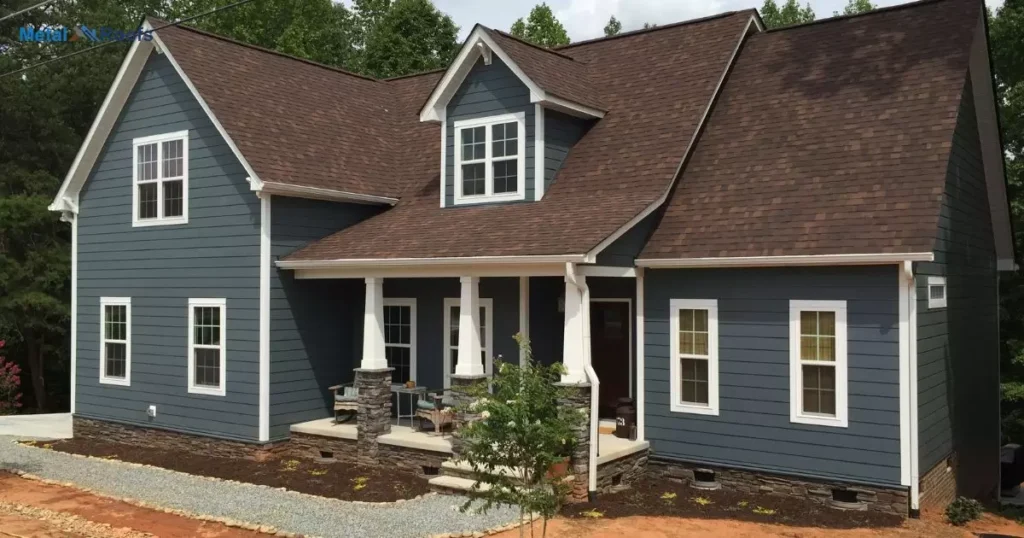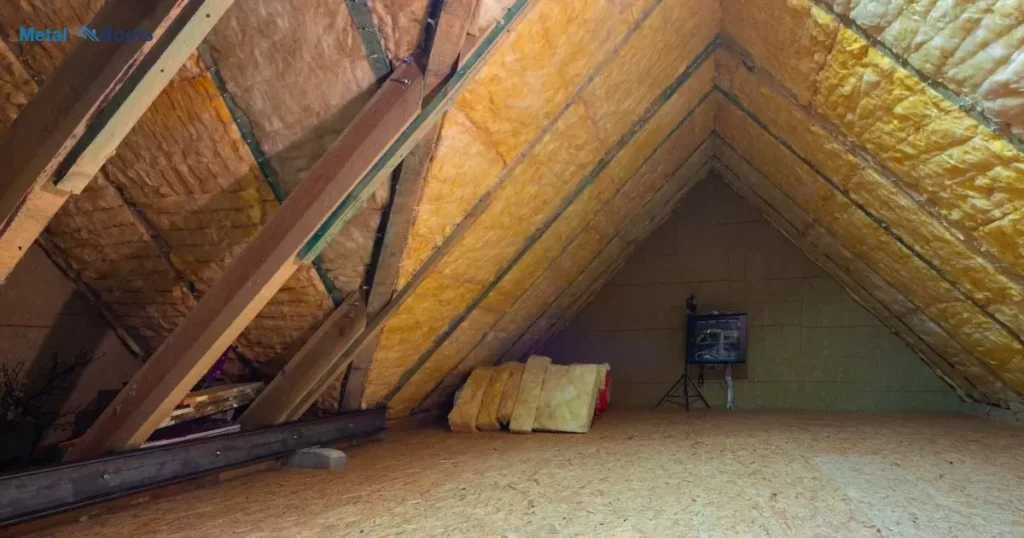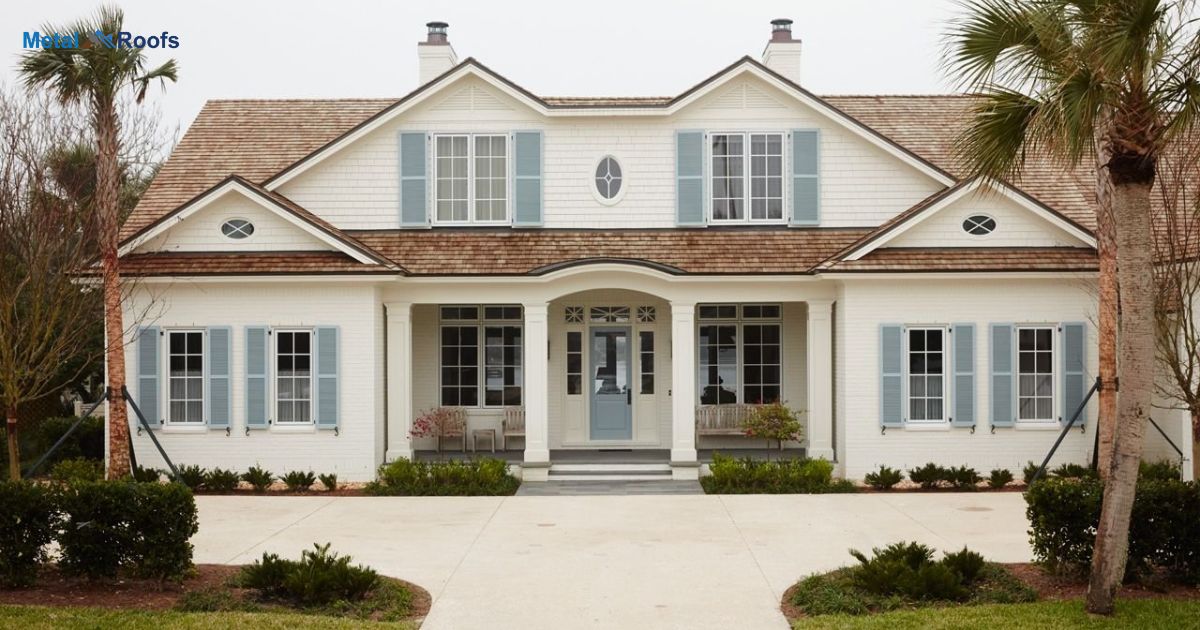The White House has a brown roof. It’s the official residence and workplace of the President of the United States. The brown roof contrasts with the white walls of the building. The White House has been an iconic symbol of American government for over two centuries.
White House Brown Roof stands tall in the heart of Washington, D.C. It’s more than just a building; it’s a symbol of American democracy. With its brown roof contrasting against the white walls, it’s an iconic sight recognized worldwide.
The White House Brown Roof connects past and present. It’s a beacon of leadership, where decisions shaping the nation’s course are made. Its brown roof, supported by 2×4 rafters hold, echoes the history etched into its walls. From presidents past to present, it remains a symbol of continuity and change.
Key Takeaways
- Symbol of American democracy
- Distinct brown roof against white walls
- Represents leadership and history
- Focal point of decision-making and governance
- Enduring presence signifies continuity
- Beacon of national identity
What is the White House?
The White House stands in Washington, D.C. It’s the official residence and workplace of the President of the United States. With its neoclassical design, it’s an iconic symbol of American government. The White House has been home to every U.S. president since John Adams.
Surrounded by lush gardens, it serves as a hub for diplomacy and governance. From historic meetings to ceremonial events, it hosts a range of national and international activities. The White House is not just a building; it’s a symbol of American democracy and leadership.
History of the White House
| Year | Milestone |
| 1792 | Construction of the White House begins. |
| 1800 | John Adams becomes the first president to live there. |
| 1814 | British troops set it ablaze during the War of 1812. |
| 1817 | Reconstruction efforts commence under James Monroe. |
The history of the White House spans over two centuries. It was designed by James Hoban and completed in 1800. Since then, it has been home to every U.S. president. The White House has witnessed significant events, from wars to peace treaties, shaping the nation’s course.
Over the years, the White House has undergone renovations and expansions, reflecting each president’s era and personal tastes. Today, it symbolizes American governance and resilience. When selecting exterior colors go with a green metal roof, it’s crucial to consider both aesthetic harmony and practicality.
Design and Architecture

Design and architecture play crucial roles in shaping the White House Brown Roof. The building’s neoclassical design reflects the ideals of democracy and governance. Its symmetrical layout and iconic columns evoke a sense of grandeur and authority.
Inside, meticulously designed rooms serve both practical and ceremonial functions, showcasing the nation’s history and culture. The architecture of the White House Brown Roof combines tradition with innovation. While maintaining its historical integrity, modern updates ensure functionality and security.
Brown Roof A Sustainable Choice
The White House Brown Roof isn’t just iconic; it’s a sustainable choice. Its brown color comes from using natural materials, like sand, dirt, and clay. These materials require less energy to produce than synthetic alternatives. Plus, they help regulate the building’s temperature, reducing the need for heating and cooling.
By opting for a brown roof, the White House demonstrates a commitment to eco-friendly practices. It sets an example for sustainability in architecture and construction. With its blend of tradition and innovation, the brown roof symbolizes not only American leadership but also environmental responsibility.
Benefits of Green Roofs
Green roofs, also known as living roofs or eco-roofs, offer a range of benefits, both environmental and economic. Here are some of the key advantages:
Stormwater Management: Green roofs absorb rainwater, reducing the volume of stormwater runoff that can overwhelm drainage systems during heavy rainfall.
Improved Air Quality: Vegetation on green roofs helps to filter pollutants from the air, improving overall air quality in urban areas. They can absorb carbon dioxide and release oxygen, contributing to a healthier environment.
Energy Efficiency: Green roofs provide additional insulation for buildings, reducing the need for heating in winter and cooling in summer.
Urban Heat Island Mitigation: The vegetation on green roofs helps to absorb and dissipate heat, reducing the urban heat island effect in densely populated areas.
Biodiversity Support: Green roofs provide habitat for birds, insects, and other wildlife, helping to support urban biodiversity. They can also serve as corridors for wildlife movement in urban areas, promoting ecological connectivity.
Aesthetic and Recreational Value: Green roofs enhance the visual appeal of buildings and provide green space in urban areas where traditional gardens may be limited.
Extended Roof Lifespan: The vegetation and protective layers on green roofs act as a barrier, protecting the roof membrane from UV radiation, temperature fluctuations, and mechanical damage.
Noise Reduction: The layers of soil, vegetation, and other materials on green roofs help to absorb and block sound, reducing noise pollution from sources such as traffic, aircraft, and industrial activities.
Overall, green roofs offer a holistic approach to sustainable urban development, providing numerous environmental, social, and economic benefits.
Why a Brown Roof?

The White House has a brown roof, not by chance, but by choice. This choice was made to complement the white walls, creating a striking visual contrast. The brown roof serves as a nod to traditional architectural styles prevalent during its construction. It reflects the aesthetic preferences of the time while also providing practical benefits.
The brown color helps the roof blend with the surrounding landscape, enhancing the overall harmony of the structure. This deliberate decision has contributed to the iconic appearance of the White House, making it instantly recognizable worldwide.
Environmental Impact Assessment
The Environmental Impact Assessment (EIA) is crucial. It evaluates the potential environmental effects of a proposed project. By identifying risks and benefits, it helps in making informed decisions. Governments and organizations conduct EIAs to ensure responsible development.
During an EIA, various aspects are examined. These include air quality, water resources, and wildlife habitats. Through thorough analysis, the impact on ecosystems is understood. Ultimately, the goal is to promote sustainable practices and minimize harm to the environment.
Cost-Effectiveness Analysis
Cost-Effectiveness Analysis is a method to evaluate the value of different options in terms of cost and benefits. It compares the costs and outcomes of different interventions to determine which provides the most bang for the buck. This analysis helps decision-makers allocate resources efficiently and maximize the impact of their investments.
By assessing the costs and benefits of various interventions, Cost-Effectiveness Analysis enables policymakers to make informed decisions. It considers both the financial implications and the potential outcomes of different choices, ensuring that resources are used wisely to achieve the greatest possible impact.
Aesthetics and Visual Appeal
The aesthetics of the White House Brown Roof are striking. Its brown roof contrasts beautifully with the pristine white walls, creating a visually appealing composition. This combination captures attention and portrays a sense of elegance and authority. Visitors and onlookers alike are drawn to its iconic appearance, making it a symbol of architectural beauty.
In terms of visual appeal, the White House Brown Roof holds a timeless charm. Its classic design has endured for centuries, captivating generations with its simple yet dignified aesthetic. From afar, the brown roof stands out against the surrounding landscape, offering a sense of grandeur and importance.
Thermal Insulation and Energy Efficiency

Thermal insulation and energy efficiency are crucial considerations for modern buildings. Proper insulation helps regulate temperature, keeping spaces comfortable year-round. It also reduces energy consumption, lowering utility costs and environmental impact. By prioritizing insulation, buildings can improve sustainability and occupants’ well-being.
Budget Constraints
Budget constraints pose challenges for thermal insulation and energy efficiency. Limited funds may restrict access to optimal materials. Yet, strategic planning can still maximize efficiency within budget.
Future of the White House
The future of the White House hinges on improving thermal insulation and energy efficiency. Upgrading insulation and adopting energy-efficient technologies are vital steps. These changes not only modernize the White House but also promote environmental responsibility.
Renovation and Restoration Plans
Renovation and restoration plans improve thermal insulation and energy efficiency by updating materials and systems. They ensure buildings meet modern standards while preserving historical significance.
Sustainability Initiatives and Goals
The White House Brown Roof represents more than history it’s also a platform for sustainability initiatives and goals. With a commitment to environmental responsibility, efforts are underway to reduce carbon footprint and promote renewable energy sources.
Solar panels adorn the roof, harnessing the power of the sun to fuel operations within. Recycling programs and energy-efficient practices further contribute to a greener future.
Through these sustainability initiatives and goals, the White House demonstrates leadership in environmental stewardship. By setting an example for others to follow, it amplifies the importance of conservation and sustainability on a national scale.
Frequently Asked Questions
What color goes best with a brown roof?
Earth tones like beige or tan complement a brown roof well, while shades of green or blue evoke a natural ambiance.
What color roof for a white house?
For a white house, a brown roof creates striking contrast. It maintains the iconic appearance while adding depth to the visual balance.
What is the purpose of a brown roof?
A brown roof complements the White House’s white walls, adding visual contrast. It symbolizes tradition and reflects American democracy’s values.
Conclusion
The White House Brown Roof stands as a symbol of American democracy. Its brown roof against white walls embodies leadership and history. Renovation plans prioritize energy efficiency while preserving its significance. Thermal insulation ensures comfort and sustainability for future generations.
The White House Brown Roof remains a beacon of national identity. Through renovation and restoration, it continues to uphold its historical importance. With a focus on energy efficiency, it adapts to modern standards while honoring tradition.











